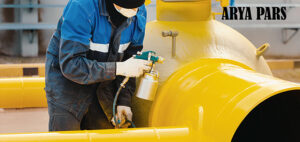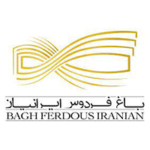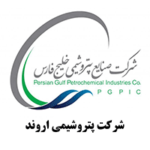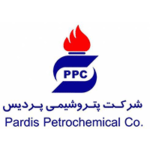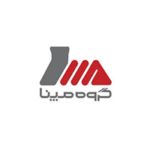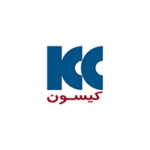The category of furnace paints includes the following types:
Acrylic Furnace Paints
This paint is formulated based on acrylic thermoset resin and is made at furnace temperature. Some of its notable features include excellent resistance to yellowing, moisture resistance and high thermal stability, excellent resistance to all kinds of detergents, good color stability and excellent adhesion on galvanized and aluminum surfaces. It is primarily used as a replacement for alkyd melamine paints in industries such as household appliances and automotive.
Surface Preparation
The substrate surface should be free from all contaminants, and various preparation methods, both physical and chemical, should be employed according to the painting system, the desired service life, environmental conditions, and surface surroundings. For steel surfaces, the use of mechanical methods such as sandblasting up to 2.5 SA grade is recommended. Painting should be done immediately after surface preparation and removal of dust resulting from sandblasting.
Painting Environment Conditions
- The ambient and surface temperature during painting should be between 10-40 degrees Celsius.
- In order to prevent the formation of water droplets on the surface, the temperature of the environment during painting should be at least 3 degrees Celsius higher than the dew point of the environment.
- In order to achieve a suitable quality, it is recommended to paint in covered environments as much as possible.
Method of Applying Paint
Mix the paint thoroughly using a mixer with an appropriate speed (it is necessary to observe the appropriate time interval between the layers).
According to the type of spraying device (if the method of application is spraying), by gradually adding thinner, bring the paint mixture to the appropriate viscosity.
The percentage of thinner used for dilution at a temperature of 25 degrees Celsius:
Brush and roller: 0-5%
Air spray: 10-20%
Airless spray: 0-10%
Painting Equipment
- Airless spray with a ratio of 1/28 or 1/45 and a nozzle diameter of 0.013-0.015 inch
- Conventional air spray with a nozzle diameter of 1.5-2 mm and a pressure of 3-5 atmospheres
- Brush and roller
Safety Tips
It is recommended to refrain from continuous inhalation of the solvent vapors of this paint in enclosed spaces, and as much as possible, appropriate safety equipment should be used and washed with a lot of water if it comes into contact with the skin and eyes.
This paint is flammable and should be kept away from heat, sparks and flames.
Alkyd Melamine Furnace Paints
These paints are formulated based on short oil alkyd resin and formaldehyde melamine. To ensure complete drying, they must be baked in a furnace. Among the features of this coating, we can mention the high adhesion and durability of gloss and resistance to weather conditions, as well as good impact resistance.
This coating has low durability and resistance in very humid environments and when exposed to acidic and alkaline chemicals.
Surface Preparation
The substrate surface should be free from all contaminants, and various preparation methods, both physical and chemical, should be employed according to the painting system, the desired service life, environmental conditions, and surface surroundings. For steel surfaces, the use of mechanical methods such as sandblasting up to 2.5 SA grade is recommended. Painting should be done immediately after surface preparation and removal of dust resulting from sandblasting.
Painting Environment Conditions
- The ambient and surface temperature during painting should be between 10-40 degrees Celsius.
- In order to prevent the formation of water droplets on the surface, the temperature of the environment during painting should be at least 3 degrees Celsius higher than the dew point of the environment.
- In order to achieve a suitable quality, it is recommended to paint in covered environments as much as possible.
Method of Applying Paint
Mix the paint thoroughly using a mixer with an appropriate speed (it is necessary to observe the appropriate time interval between the layers).
According to the type of spraying device (if the method of application is spraying), by gradually adding thinner, bring the paint mixture to the appropriate viscosity.
The percentage of thinner used for dilution at a temperature of 25 degrees Celsius:
Brush and roller: 0-5%
Air spray: 10-20%
Airless spray: 0-10%
Painting Equipment
- Airless spray with a ratio of 1/28 or 1/45 and a nozzle diameter of 0.013-0.015 inch
- Conventional air spray with a nozzle diameter of 1.5-2 mm and a pressure of 3-5 atmospheres
- Brush and roller
Safety Tips
It is recommended to refrain from continuous inhalation of the solvent vapors of this paint in enclosed spaces, and as much as possible, appropriate safety equipment should be used and washed with a lot of water if it comes into contact with the skin and eyes.
This paint is flammable and should be kept away from heat, sparks and flames.
Other Products
